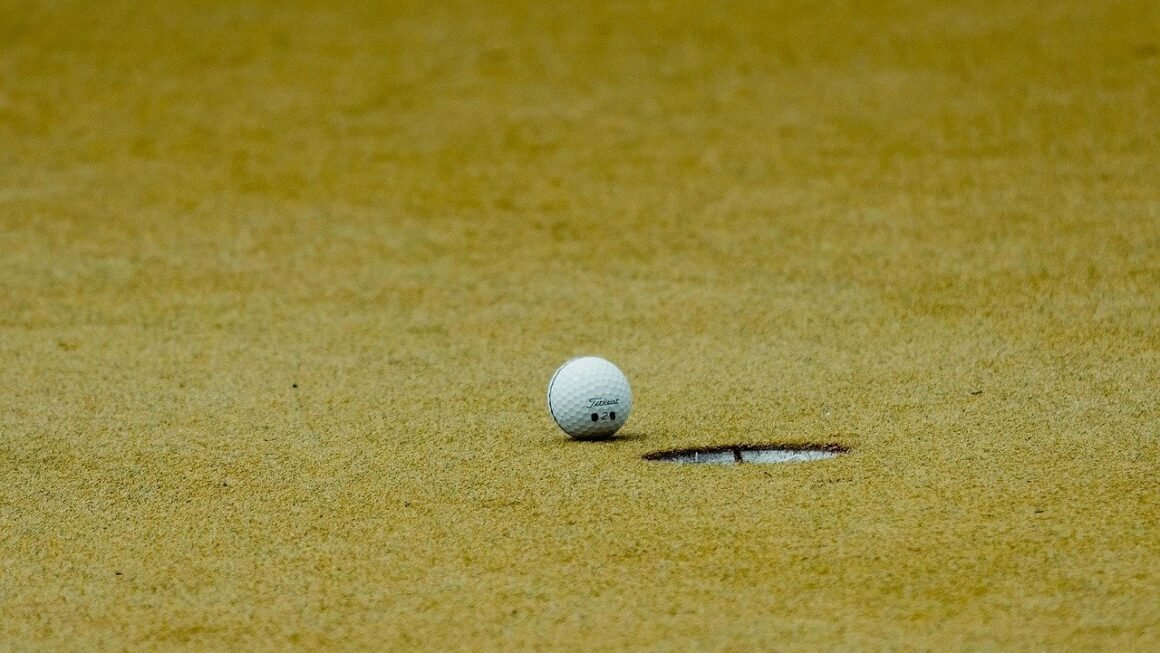Freestyle wrestling, a dynamic and explosive combat sport, captivates audiences worldwide with its blend of athleticism, strategy, and raw power. Unlike its Greco-Roman counterpart, freestyle wrestling allows wrestlers to utilize their legs for both offense and defense, creating a more open and unpredictable style of competition. Whether you’re a seasoned wrestling fan or a curious newcomer, this comprehensive guide will delve into the intricacies of freestyle wrestling, exploring its rules, techniques, and the skills required to succeed.
Understanding Freestyle Wrestling: The Basics
What is Freestyle Wrestling?
Freestyle wrestling is a discipline governed by the United World Wrestling (UWW), the international governing body for wrestling. It’s characterized by allowing wrestlers to use their legs to attack and defend, differentiating it from Greco-Roman wrestling where holds are limited to the upper body. Matches are held on a circular mat and involve two wrestlers aiming to pin their opponent, score points through various takedowns and maneuvers, or win by technical superiority.
Key Differences Between Freestyle and Greco-Roman Wrestling
The most prominent difference lies in the permissible use of the legs:
- Freestyle: Allows wrestlers to attack and defend using their legs, including leg takedowns, trips, and hooking.
- Greco-Roman: Restricts holds to above the waist. Wrestlers can only use their arms and upper body to attack and defend.
This difference significantly impacts the wrestling style, making freestyle generally more dynamic and faster-paced.
The Wrestling Mat and Equipment
The wrestling mat is a crucial element of the sport. It typically consists of:
- Central Wrestling Area: A circular area where the majority of the wrestling takes place.
- Passive Zone (Red Zone): A narrow band surrounding the central area; stepping into this zone results in a point awarded to the opponent.
- Safety Zone: The outer area surrounding the passive zone, providing a buffer to prevent wrestlers from falling off the mat.
Wrestlers typically wear singlets, which are one-piece wrestling uniforms, and wrestling shoes that provide traction and support.
Rules and Scoring System
Pinning Your Opponent
A pin, also known as a fall, is the most decisive way to win a freestyle wrestling match. A pin occurs when a wrestler holds both of their opponent’s shoulders to the mat simultaneously for a specified period. This period is usually one second as judged by the referee.
Scoring Points in Freestyle Wrestling
Points are awarded for various actions during a match:
- Takedown (2-5 points): Bringing an opponent from a standing position to the mat under control. The number of points depends on the amplitude and control of the takedown. A clean takedown landing the opponent directly on their back typically earns 5 points, while a more standard takedown awards 2.
- Exposure (2-3 points): Exposing the opponent’s back to the mat, putting them in a potentially dangerous position. 2 points are awarded for exposing the back momentarily, while 3 points are awarded for a prolonged exposure.
- Reversal (1 point): When a wrestler who is underneath gains control and reverses the position.
- Penalty (1 point): Awarded to the opponent for infractions such as stalling, illegal holds, or unsportsmanlike conduct.
- Caution (1 point): Awarded after repeated stalling.
Match Duration and Victory Conditions
A freestyle wrestling match typically consists of two three-minute periods with a 30-second break in between. A wrestler can win a match by:
- Pin: Holding both of their opponent’s shoulders to the mat.
- Technical Superiority: Achieving a 10-point lead over their opponent. The match ends immediately.
- Decision: If no pin or technical superiority occurs, the wrestler with the most points at the end of the match wins.
- Default: When an opponent is unable to continue the match due to injury or disqualification.
- Forfeit: When an opponent voluntarily gives up the match.
Essential Techniques in Freestyle Wrestling
Takedowns: The Foundation of Offense
Takedowns are crucial for scoring points and gaining control of the match. Common takedowns in freestyle wrestling include:
- Single Leg Takedown: Grabbing one of the opponent’s legs and driving forward to take them down. This is a highly effective and versatile technique.
- Double Leg Takedown: Grabbing both of the opponent’s legs and driving them to the mat. Requires strength and explosiveness.
- Ankle Pick: Quickly grabbing the opponent’s ankle to disrupt their balance and execute a takedown.
- Headlock Takedown: Using a headlock to control the opponent’s head and upper body, then executing a takedown.
Defensive Maneuvers: Protecting Yourself
Effective defense is just as important as offense. Key defensive maneuvers include:
- Sprawling: Dropping your hips and extending your legs back to prevent a takedown.
- Whizzer: Using your arm to block the opponent’s takedown attempt and maintain balance.
- Underhook: Securing an underhook to control the opponent’s upper body and prevent takedowns.
- Hip Heist/Granby Roll: A quick escape from the bottom position to avoid being pinned or scored upon.
Upper Body Techniques: Clinch Control and Throws
While leg attacks are a hallmark of freestyle, upper body techniques also play a crucial role:
- Arm Drags: Quickly pulling the opponent’s arm across your body to create an opening for a takedown.
- Snap Downs: Pulling the opponent’s head down to break their posture and create an advantage.
- Headlocks and Head Control: Using headlocks and other forms of head control to dictate the pace and direction of the match.
- Throws (Suplexes, Gut Wrenches): Using strength and technique to lift and throw the opponent to the mat. This can result in big point scores.
Training and Conditioning for Freestyle Wrestling
Strength and Conditioning
- Strength Training: Focus on compound exercises like squats, deadlifts, bench press, and overhead press to build overall strength. Olympic lifts like cleans and snatches can improve explosiveness.
- Cardiovascular Endurance: Wrestling requires high levels of stamina. Interval training, running, and swimming are excellent for building cardiovascular endurance.
- Grip Strength: Wrestling requires a strong grip to control your opponent. Exercises like dead hangs, towel pull-ups, and grip strengtheners can improve grip strength.
Technical Drills and Sparring
- Drilling: Repetitive practice of specific techniques to develop muscle memory and improve execution. Partner drills are essential for mastering takedowns, escapes, and defensive maneuvers.
- Sparring: Live wrestling with a partner to apply techniques in a realistic setting and develop strategic thinking. This is crucial for adapting to different wrestling styles and developing problem-solving skills.
Nutrition and Recovery
- Balanced Diet: Consume a balanced diet rich in protein, carbohydrates, and healthy fats to fuel your workouts and promote recovery.
- Hydration: Drink plenty of water throughout the day to stay hydrated and optimize performance.
- Recovery: Adequate sleep, proper stretching, and active recovery are crucial for preventing injuries and maximizing performance. Consider techniques like foam rolling and massage therapy.
The Olympic Stage and International Competition
Freestyle Wrestling in the Olympic Games
Freestyle wrestling has been a part of the Olympic Games since 1904. It is one of the most prestigious and competitive events in the wrestling world. Winning an Olympic medal in freestyle wrestling is considered the pinnacle of achievement for many wrestlers.
Key International Tournaments
- World Championships: Held annually, the World Championships are the second most prestigious wrestling event after the Olympic Games.
- Continental Championships: Each continent (Europe, Asia, Africa, Americas, Oceania) holds its own championships annually.
- World Cup: A team competition featuring the top wrestling nations in the world.
Notable Wrestlers in Freestyle History
- Aleksandr Karelin (Greco-Roman): While technically a Greco-Roman wrestler, Karelin’s dominance is legendary and inspires wrestlers of all styles.
- Jordan Burroughs (USA): An Olympic and multiple-time World Champion, known for his explosive takedowns and charismatic personality.
- Saori Yoshida (Japan): A multiple-time Olympic and World Champion, considered one of the greatest female wrestlers of all time.
- Abdulrashid Sadulaev (Russia): Known as the “Russian Tank,” Sadulaev is an Olympic and World Champion known for his relentless pressure and powerful wrestling style.
Conclusion
Freestyle wrestling is a challenging yet rewarding sport that demands physical strength, technical skill, and mental toughness. Understanding the rules, mastering essential techniques, and committing to rigorous training are key to success in this dynamic discipline. Whether you aspire to compete at the highest levels or simply appreciate the sport as a spectator, the world of freestyle wrestling offers a captivating blend of athleticism and strategy. Embrace the challenge, respect the tradition, and enjoy the exhilarating world of freestyle wrestling!



